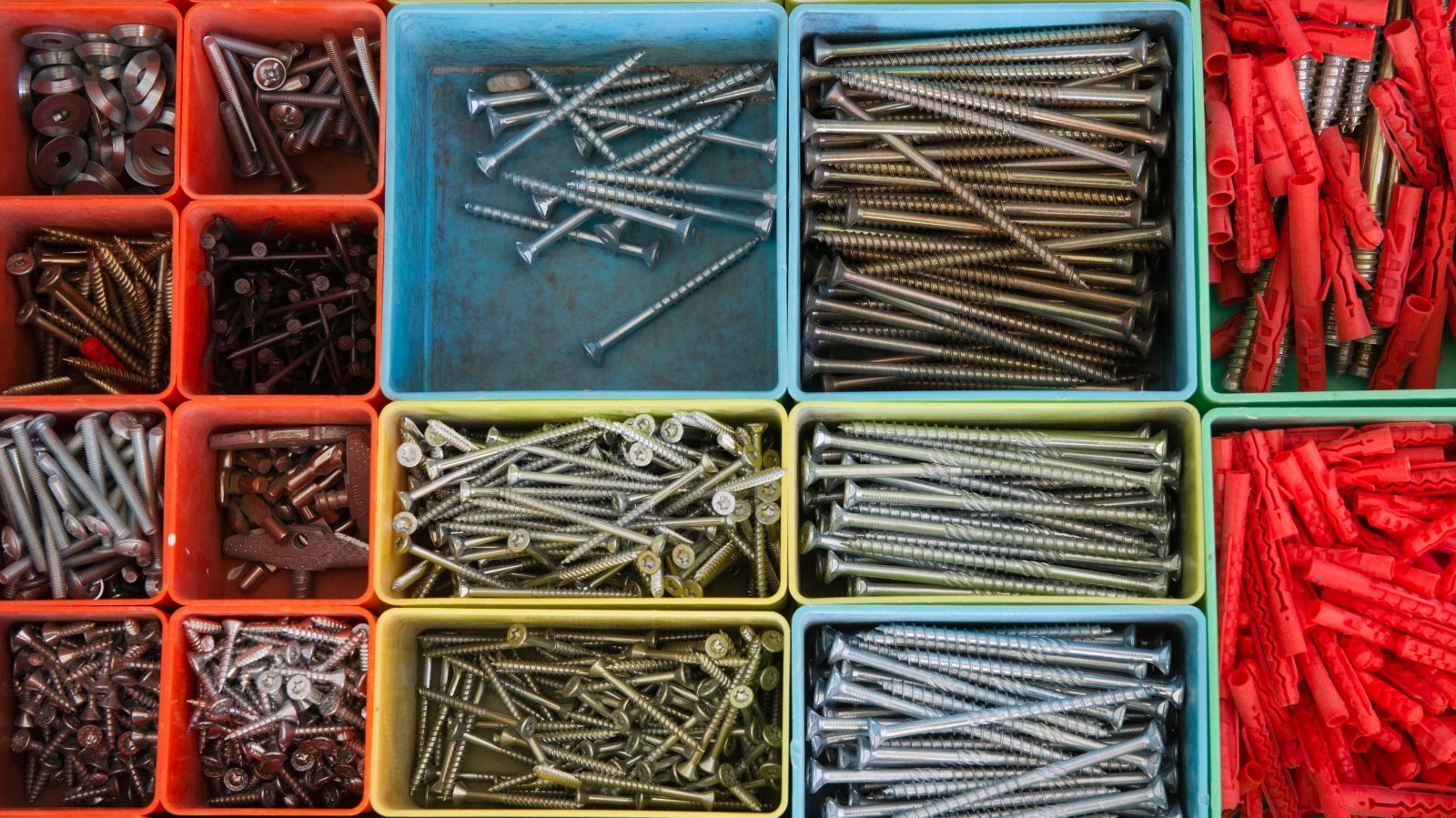Cladding installation is a meticulous process that demands the right tools and materials for optimal results. Among these, cladding screws, decking screws, and brad nails play pivotal roles in securing cladding materials effectively. In this comprehensive guide, we delve into the intricate details of selecting the best nails and screws for cladding projects.
Table of Contents
Understanding the Importance of Quality Fasteners
Quality fasteners are essential for ensuring the longevity, stability, and aesthetic appeal of cladding installations. Inferior nails and screws can compromise the structural integrity of the cladding, leading to potential safety hazards and costly repairs down the line. Therefore, investing in premium-grade fasteners is paramount for achieving superior results.
Cladding Screws: The Backbone of Secure Installations
Features to Look for in Cladding Screws
When selecting cladding screws, several key features must be considered:
- Corrosion Resistance: Opt for screws made from corrosion-resistant materials such as stainless steel or galvanized steel to withstand outdoor elements and prevent rusting.
- Thread Design: Choose screws with deep threads and sharp points for easy penetration into various cladding materials, ensuring a secure grip and minimal risk of splitting.
- Coating Options: Look for screws with specialized coatings such as ceramic or epoxy finishes, which enhance durability and provide additional protection against corrosion.

Recommended Cladding Screws
- Stainless Steel Cladding Screws: Renowned for their exceptional durability and resistance to rust, stainless steel screws are ideal for outdoor cladding applications, including siding, roofing, and facades.
- Galvanized Steel Cladding Screws: Featuring a zinc coating for enhanced corrosion resistance, galvanized steel screws are a cost-effective yet reliable option for securing cladding materials in both residential and commercial projects.
- Coated Decking Screws: Designed specifically for decking and cladding applications, coated decking screws offer superior performance and aesthetics, with color-matched coatings that blend seamlessly with the cladding material.
Decking Screws: Versatile and Reliable Fastening Solutions
Key Considerations for Decking Screws
Decking screws are widely used in cladding installations due to their versatility, strength, and ease of use. When choosing decking screws for cladding projects, consider the following factors:
- Material Compatibility: Ensure the screws are compatible with the type of cladding material you’re working with, whether it’s wood, composite, or PVC.
- Length and Diameter: Select screws of appropriate length and diameter to accommodate the thickness of the cladding material and provide sufficient holding power.
- Head Type: Opt for screws with flat or countersunk heads to achieve a flush finish, minimizing visibility and reducing the risk of snagging or protrusion.

Top Picks for Decking Screws
- Composite Decking Screws: Specifically designed for composite decking and cladding materials, composite decking screws feature specialized thread designs and self-drilling tips for effortless installation and maximum holding power.
- Torx Drive Decking Screws: With their star-shaped heads and Torx drive system, these screws offer superior grip, reduced cam-out, and enhanced driving efficiency, making them an excellent choice for cladding applications where precision and reliability are paramount.
- Trim Head Decking Screws: Featuring smaller heads and finer threads, trim head decking screws are ideal for attaching thin cladding materials such as trim boards and fascia, providing a neat and discreet fastening solution.
Brad Nails: Precision Fastening for Finishing Touches
Advantages of Brad Nails in Cladding Projects
Brad’s nails are thin, lightweight fasteners commonly used for attaching trim, molding, and other decorative elements to cladding surfaces. Their slender profile and minimal visibility make them ideal for achieving seamless finishes without the need for extensive filling or sanding.
Best Practices for Using Brad Nails
When using brad nails in cladding installations, follow these best practices to ensure optimal results:
- Proper Alignment: Position the brad nailer at a slight angle to prevent the nails from splitting the cladding material, ensuring a snug fit without compromising structural integrity.
- Spacing and Placement: Space the brad nails evenly along the edges and seams of the cladding material, ensuring secure attachment without causing distortion or warping.
- Depth Control: Adjust the nailer’s depth settings to ensure the brad nails are driven flush with the surface of the cladding, minimizing the need for additional finishing work.
Conclusion
Selecting the right nails and screws is crucial for the success of any cladding project. By prioritizing quality, durability, and compatibility, you can ensure secure installations that stand the test of time while enhancing the overall appearance and functionality of your property.



